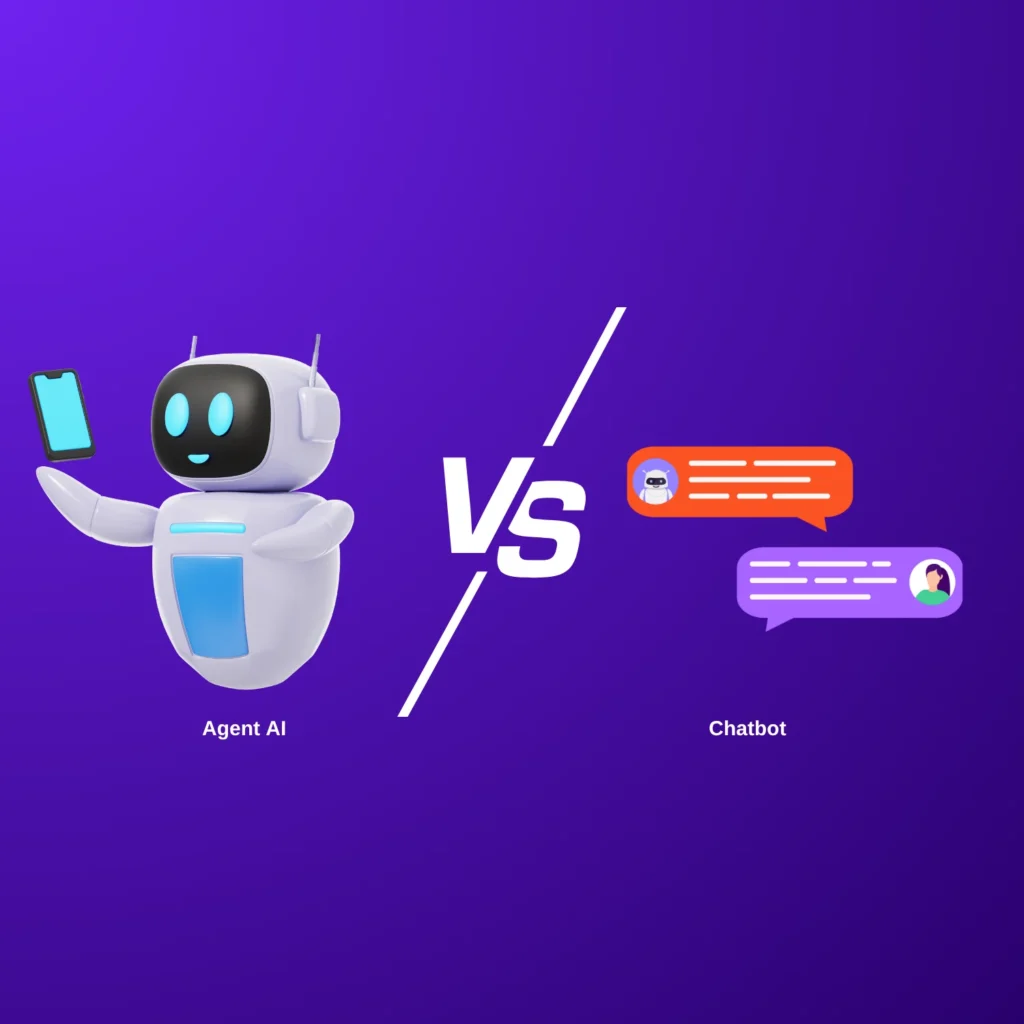As we move deeper into the digital age, the Internet continues to evolve at an unprecedented pace. From its humble beginnings as a text-based network of interconnected computers, the Internet has rapidly grown to become a multimedia platform that is integral to our daily lives. Today, the Internet is used for everything from socializing and entertainment to commerce and education. However, as we approach the next decade, it is becoming increasingly clear that the future of the Internet will be more immersive and interactions will all be in real-time with every enterprise seen investing in this space.
Tapping Into A $3 Trillion Market Opportunity
The shift from the Internet’s 2D to 3D is being driven by several factors like user demands for communication that transcend the limitations of text or video conferencing, brand demands for innovation to drive more sales, consumers looking for gaming and entertainment while shopping, people wanting to socialize irrespective of time and location barriers, business requirements of advanced data visualization and representation techniques, and technological advancements. VR and AR enable users to interact with the digital world in 3D. VR and AR can be used to create engaging 3D web experiences, such as virtual showrooms, product demonstrations, and interactive games. VR headsets, for example, allow users to immerse themselves in a 3D world and interact with objects in a more natural and intuitive way. Advances in 3D modelling and rendering software have made it easier for designers and developers to create 3D digital assets that can be used on the web. Many popular 3D modelling software packages, such as Blender and Maya, can export models in web-friendly formats such as WebGL and OBJ.

Web3D technologies such as WebGL, WebVR, and WebXR allow developers to create 3D graphics and animations that can be rendered directly in a web browser without the need for plugins or third-party software. Cloud computing services have made it possible to host and stream large 3D models and content in real-time, without the need for users to download or install software locally. The increasing availability of high-speed Internet has made it easier to stream and access 3D content online. The shift from web 2.0 to web 3.0 will be a result of the convergence of these and other technologies like AI by making it possible to create rich, interactive 3D web experiences that were not possible before.
“We are currently in the decade that is a transitional phase from web2 to web3. An open, decentralized and secure Internet is the future. Brands who focus on enabling this transition, without deviating from their core values will stand to gain leadership position in the future of the Internet. We believe in enabling this transition via immersive experiences such as the Nexaverse which has already delivered quantifiable business benefits.” – Sriram P H, CEO & Co-founder- DaveAI
The Future Of The Internet Will Be Powered By 3 Pillars:
3 Dimensional
The next iteration of the Internet will revolutionize the way customers interact with businesses. Customers will be inside experiences than looking at them. The impending change can be witnessed through:
Product Visualization: 3D technology allows customers to visualize products in a way that was previously impossible. With 3D models, customers can rotate, zoom in, and view products from different angles, giving them a more immersive and realistic experience.
Personalization: With the rise of e-commerce, customers have come to expect personalized experiences. 3D technology enables businesses to create customized products tailored to individual customer preferences.
Virtual Try-Ons: 3D technology has also made it possible for customers to try on products virtually, such as clothing, eyewear, or makeup, before making a purchase. This technology not only saves customers time and effort but also reduces the likelihood of returns and exchanges.
Augmented Reality: With the advent of augmented reality, customers can now experience products in their own environment. For example, they can see how a piece of furniture would look like in their house before making a purchase.
Improved Customer Service: With 3D technology, businesses can provide better customer service by enabling customers to interact with virtual assistants or avatars that can help them with their inquiries or problems.
Virtual Avatars
Brands and customers will be represented by their digital avatars in the next iteration of the Internet. Today brands can tap into these strategies to leverage the power of digital humans as they stand to be a major part of the Internet of the future:
Virtual Brand Ambassadors: Create digital avatars that represent the brand and act as virtual spokespersons. These avatars can interact with users, provide information, and answer questions in a personalized and engaging manner.
Virtual Showrooms: Build 3D virtual environments where customers can explore and interact with products or services using their avatars. This immersive experience can simulate real-world interactions, allowing users to see, touch, and even try out virtual versions of the brand’s offerings.
Interactive Advertising: Develop interactive ads featuring digital avatars that can engage with users. These avatars can offer personalized product recommendations, demonstrate features, or provide immersive storytelling experiences that capture users’ attention and create memorable brand interactions.
Virtual Events And Experiences: Host virtual events, conferences, or exhibitions, featuring digital avatars as hosts, speakers, or participants. Users can attend these events through their avatars, allowing networking, product demonstrations, and brand interactions in a virtual environment.
Customization And Personalization: Allow users to create their own avatars that can interact with the brand’s digital avatars. Enable avatar customization options, such as clothing, accessories, or even brand-specific virtual items, to enhance user engagement and brand association.
Gamification: Incorporate gamified elements using digital avatars to incentivize engagement and reward users for their interaction with the brand. This can include virtual challenges, quests, or leaderboards that encourage users to explore the brand’s offerings and share their achievements.
Virtual Assistance: Use digital avatars as virtual assistants to provide customer support, answer frequently asked questions, and guide users through various processes. These avatars can offer a more engaging and interactive support experience, enhancing customer satisfaction and brand loyalty.
Speech
Speech will be the new UX. As technology continues to advance, we’re moving towards a future where virtual and augmented reality environments are seamlessly integrated with our daily lives. In this context, speech recognition and natural language processing capabilities can greatly enhance the way we interact with these immersive digital spaces. Here are a few reasons why speech is poised to become the new UX in the 3D internet:
Natural And Intuitive Interaction: Speaking is one of the most natural forms of human communication. Integrating speech as an input method in the 3D Internet allows users to interact with virtual environments using their voice, creating a more intuitive and seamless experience. It eliminates the need for complex controls or menus, enabling users to navigate and interact with objects more effortlessly.
Hands-Free And Immersive Experience: By leveraging speech as the primary input modality, users can have a hands-free experience on the 3D internet. This becomes especially valuable in scenarios where manual interaction might be cumbersome or when users need to perform multiple actions simultaneously. It enables a deeper level of immersion by freeing up the user’s hands and allowing them to focus on the virtual environment.
Multimodal Interaction: While speech can serve as the primary UX component, it can also be combined with other forms of input, such as gestures or eye tracking, to create a multimodal interaction experience. This combination enables a more versatile and flexible interaction paradigm, accommodating users with different preferences and abilities.
Accessibility And Inclusivity: Speech-based UX can significantly enhance accessibility on web 3.0. By providing alternative interaction mechanisms, the 3D Internet can become more inclusive and accessible to a broader range of users.
Contextual Understanding And Natural Language Processing: As speech recognition and natural language processing technologies advance, they can better understand the context and intent behind user commands or queries. This enables more sophisticated interactions on web 3.0, such as complex voice commands, conversational interactions with virtual characters or assistants, and even contextualized responses from the virtual environment.
From Virtual Showrooms To Metaverse Digital Universes
As commerce takes the 3D route, brands will see customers roaming the Metaverse aisles more than the other mediums and immersive spaces would mean a rush from the word go. Create immersive and personalized experiences for customers through brand-specific zones, events, retail outlets, games, and much more with DaveAI. The key differentiator?
A virtual sales avatar apart from user avatars deployed to assist and personalize experiences for customers. AI-enabled each aspect of the avatar has been built to understand customer intent and behaviour and mimic a human sales brain to make product discovery empathetic and seamless.
Contact us today: DaveAI



